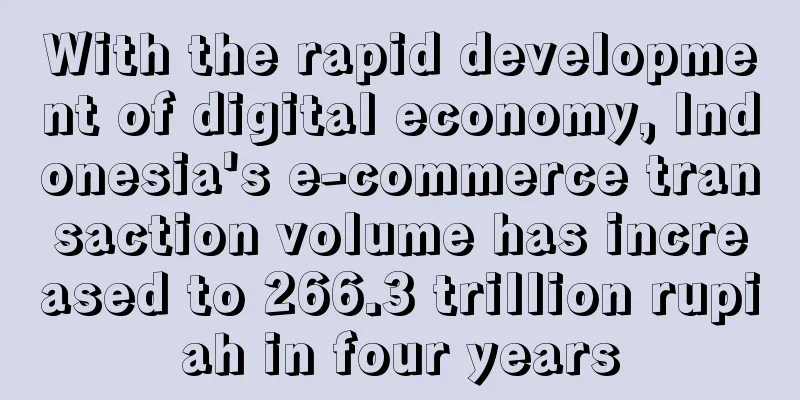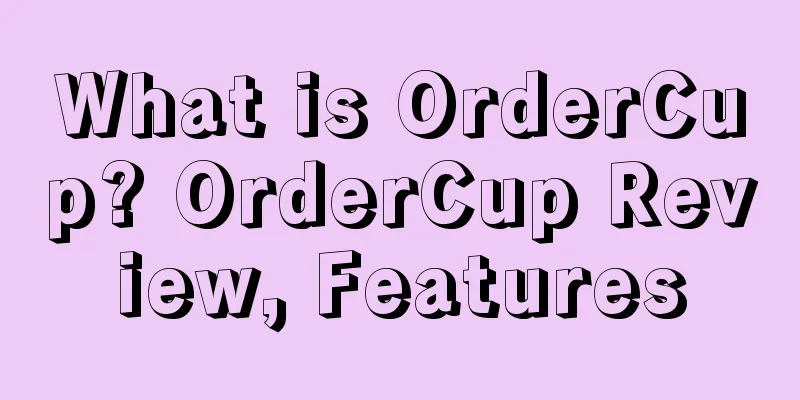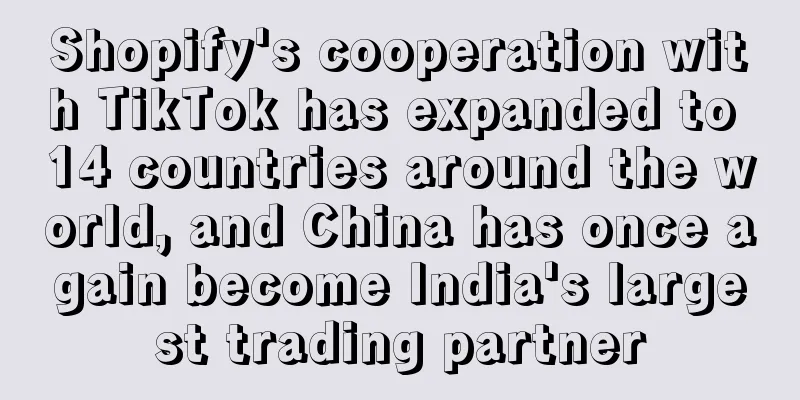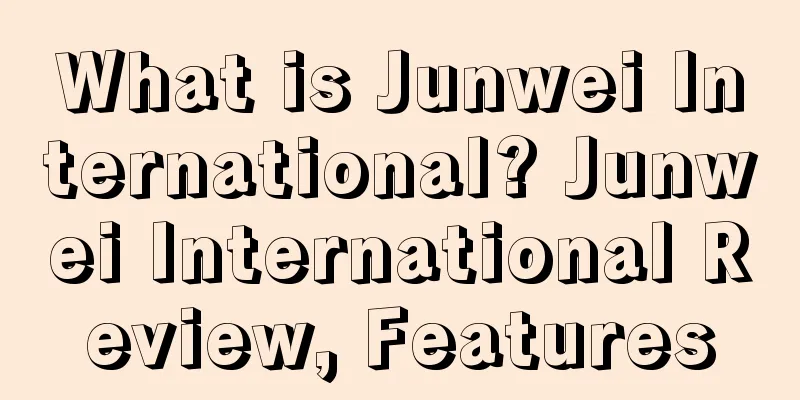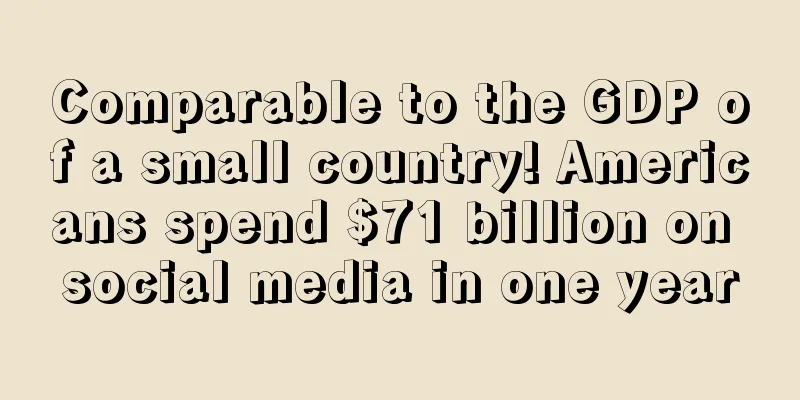Beware! Sellers introduce overstocked inventory at low prices, but are banned by Amazon...
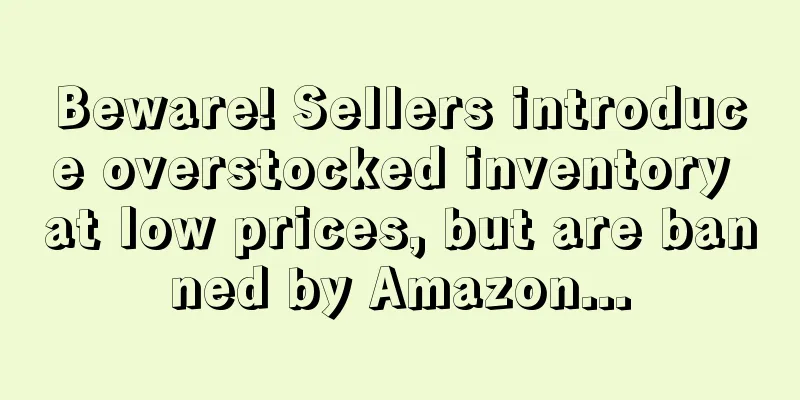
|
Recently, the editor learned from the official Amazon seller forum that the seller TPDistribution purchased products wholesale at Amazon's liquidation warehouse, provided Amazon with invoices and lists as required, and provided the distributor's information, but Amazon prohibited the seller from selling the products.
Last week, Amazon US announced that it would launch a new option to automatically remove obsolete inventory to reduce seller workload and save the earth's resources. Among the new rules is this: sellers can obtain the value of goods from overstocked inventory through liquidation. With our newest value recovery option, products are liquidated through wholesale liquidators. The net recovery value of the liquidated products is then transferred to the seller's account.
It is obvious that TPDistribution is a "liquidator" who tried to import other sellers' backlog inventory at low prices and then resell it to make a profit from the difference, but was banned from selling by Amazon, and sellers also talked about TPDistribution 's practice.
Seller A: If you purchased this product from an inventory liquidation, then your invoice and order are of no use for secondary sales. You are not part of an authorized distribution channel, and Amazon has chosen to restrict the sale of these items to manufacturer-authorized distribution channels. My advice is to sell this product in a suitable manner, rather than through Amazon online.
Seller B: Every company that makes a product has a "distribution chain," which is how the product gets from the company that makes it to the store (physical or virtual) where consumers can buy it. When Amazon asks for an invoice to prove authenticity, they are looking for an invoice from within that brand’s distribution network . The way you get into a brand’s distribution network is by becoming an authorized reseller for that brand. Different brands have different rules about what you need to qualify – some require you to also operate a physical store, some require you to have your own website (not just Amazon or EBay), and some just require a copy of your business license. A liquidation warehouse will never (not just "often") be part of an authorized distribution chain, because the product at the end of the distribution chain is focused on being put on the first shelf for sale to the end consumer. At that point, it is no longer in the "distribution chain" but in the "retail marketplace." Liquidation inventory refers to products that entered the retail marketplace that were sold but were returned or removed from sale by the retailer because they became obsolete or were no longer needed for any other reason. By definition, these products have long since left the "distribution chain." It seems that the seller's idea of trying to make a big profit was ultimately shattered. The editor would like to remind you to read Amazon's seller sales rules carefully and not to hold a speculative mentality and lose the big picture for the small. Amazon Seller in stock |
<<: During the holiday shopping season, e-commerce faces challenges such as supply chain and returns
>>: It's going viral! TikTok has more than 1 billion monthly active users worldwide
Recommend
What is Rapid Service? Rapid Service Review, Features
Rapid Service is a product launched by the AMZ Tr...
A 54% increase! German e-commerce company BBG's GMV exceeded US$500 million in 2020
BBG , which acquires e-commerce brands and Amazon...
Cainiao Liege eHub won the Silver Award at the Belgian Logistics Building of the Year Award
The Liège eHub project independently designed and...
Attention! Amazon sends warning letters on a large scale
Recently, the "distant warehouse, near deliv...
With over 67,000 reviews, pet educational toys are a big hit
Since the outbreak of the epidemic, pet products ...
Amazon's dominance may be at risk as Biden administration imposes sanctions
It is reported that the Biden administration has ...
Christmas shopping volume will increase by 14%, with clothing ranking first!
According to research from the San Diego Chamber ...
What is Shenzhen Zhongchangxin Technology Co., Ltd.? Shenzhen Zhongchangxin Technology Co., Ltd. Review, Features
Shenzhen Zhongchangxin Technology Co., Ltd. was es...
A small product worth $10 was revamped, with an annual revenue of 1.2 billion yuan and is preparing to enter the A-share market
How many miracles can be created by using a singl...
Noon Yellow Friday is about to start, with over 50,000 brands participating!
Recently, the Middle East e-commerce platform Noo...
What is Beanepic? Beanepic Review, Features
Beanepic is a celebrity video marketing agency tha...
What is Kaifeng Lishi Cross-border E-commerce Co., Ltd.? Kaifeng Lishi Cross-border E-commerce Co., Ltd. Review, Features
Kaifeng Lishi Cross-border E-commerce Co., Ltd. wa...
Enterprises suspend operations and production! A 7.3-magnitude earthquake occurred off the coast of Fukushima, Japan
According to foreign media reports, on the evenin...
New US Customs regulations are about to be issued, will SHEIN's status be in jeopardy?
On Tuesday, Earl Blumenauer, chairman of the Hous...
What is Prime Day? Prime Day Review, Features
Prime Day is a one-day global shopping festival l...


